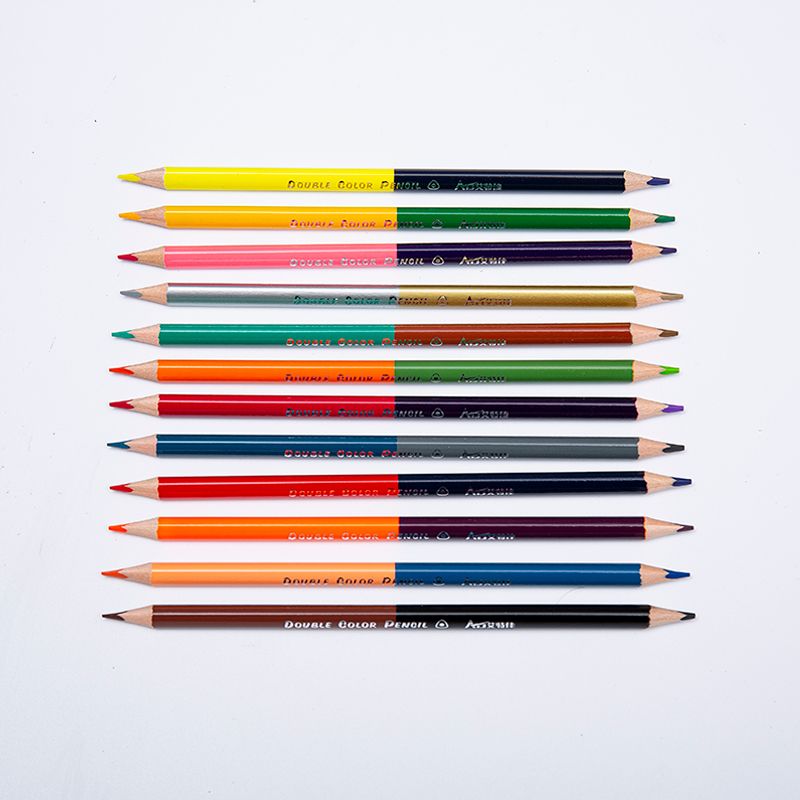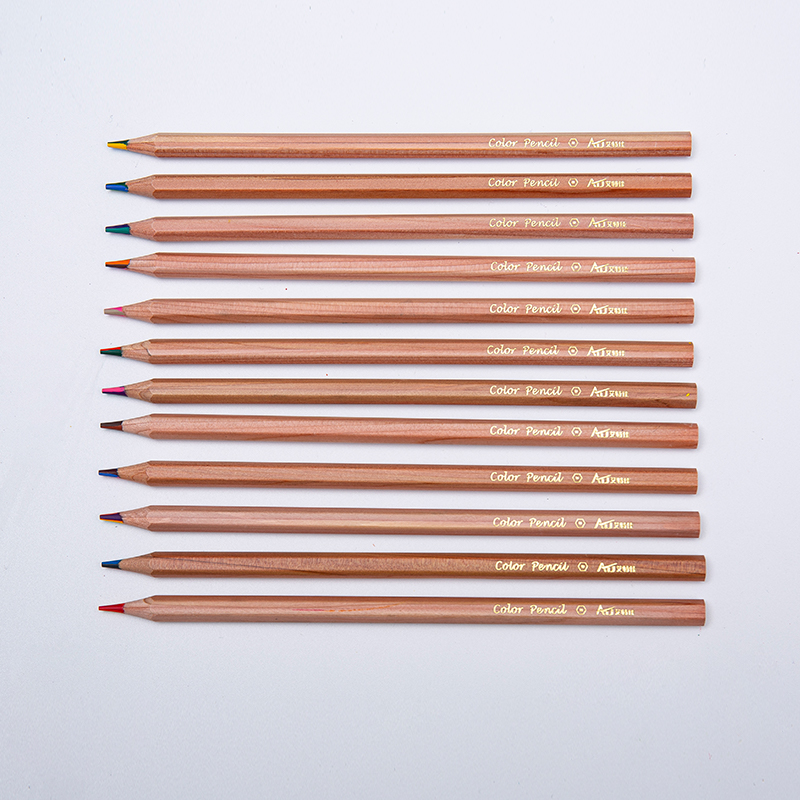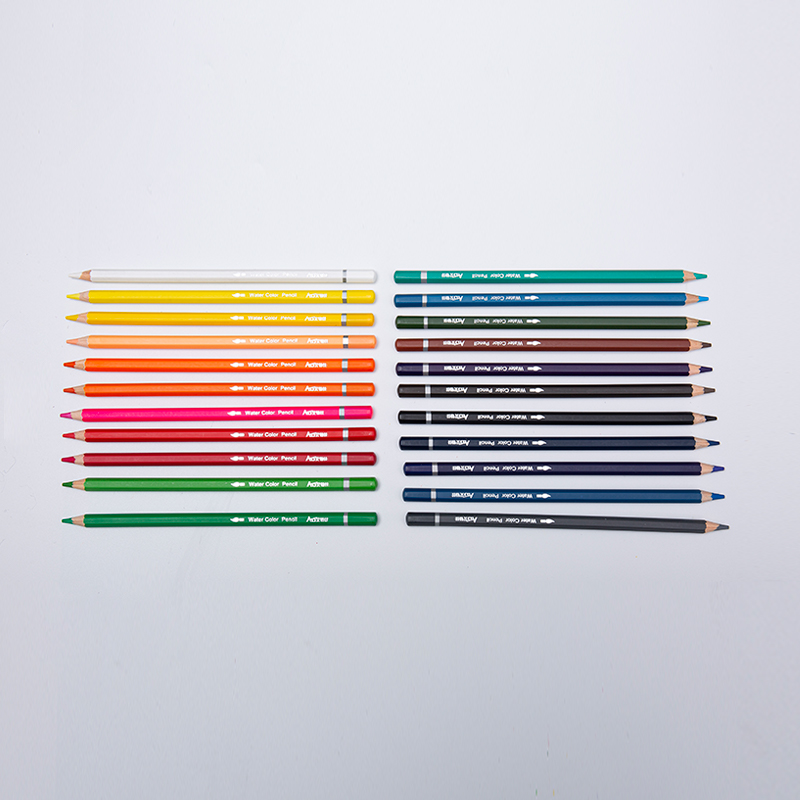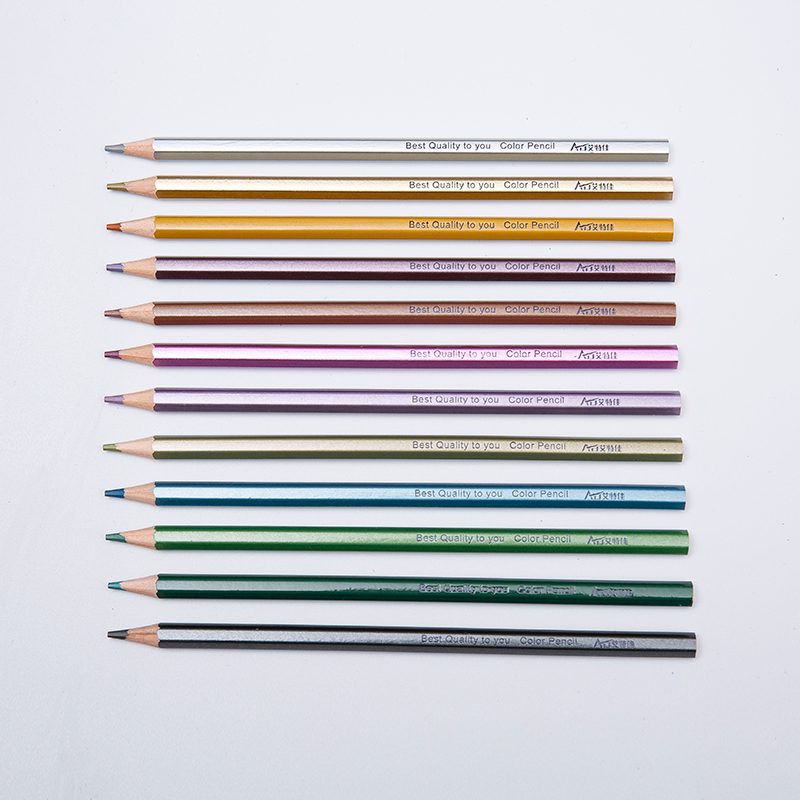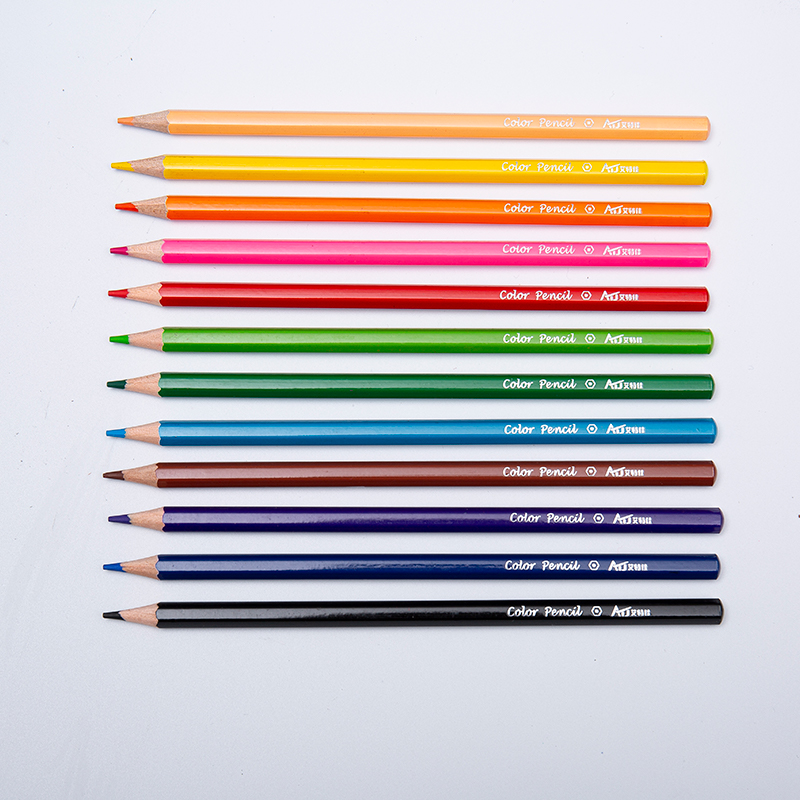For over two centuries, the unassuming HB Wooden Pencil has been the benchmark of writing clarity. Its secret lies not in complex electronics but in a deceptively simple core: a precise alchemy of graphite and clay. This material science marvel delivers the "Goldilocks Zone" of hardness and darkness—the defining characteristic of every true HB Wooden Pencil.
The journey of an HB Wooden Pencil core begins far underground. Naturally occurring graphite, mined primarily in China, Sri Lanka, and Brazil, is far from pure. It contains impurities like silica and iron. For the smooth, consistent performance demanded by the HB Wooden Pencil, this raw material undergoes rigorous purification. Milled into a fine powder, the graphite is treated chemically or thermally to remove contaminants, resulting in a product exceeding 90% carbon purity. This high purity is non-negotiable for the HB Wooden Pencil; it ensures minimal grittiness and blackness potential.
Pure graphite alone is too soft and brittle for practical use in an HB Wooden Pencil. Enter kaolin clay—the critical partner. This fine, white clay, often sourced from specific deposits known for their plasticity and firing characteristics, acts as both a binder and a hardness regulator. The ratio of graphite to clay is the single crucial factor determining the grade stamped on an HB Wooden Pencil.
The magic of the HB Wooden Pencil resides in its specific graphite-to-clay blend. "HB" signifies the equilibrium:
Higher Graphite %: Softer core, darker line (B, 2B grades), but prone to smudging and breakage—unsuitable for the durable, clear HB Wooden Pencil.
Higher Clay%: Harder core, lighter line (H, 2H grades), offering durability but requiring more pressure, potentially scoring paper—again, deviating from the HB Wooden Pencil ideal.
The HB Wooden Pencil formulation strikes the balance. Typically, this involves a ratio where graphite constitutes roughly 65-75% of the core mix by weight after firing, with clay making up of the remainder. Minute traces of wax or organic binders might be added for extra lubrication, but clay is the primary hardness agent. This exact proportion, often a closely guarded secret by major HB Wooden Pencil manufacturers, delivers:
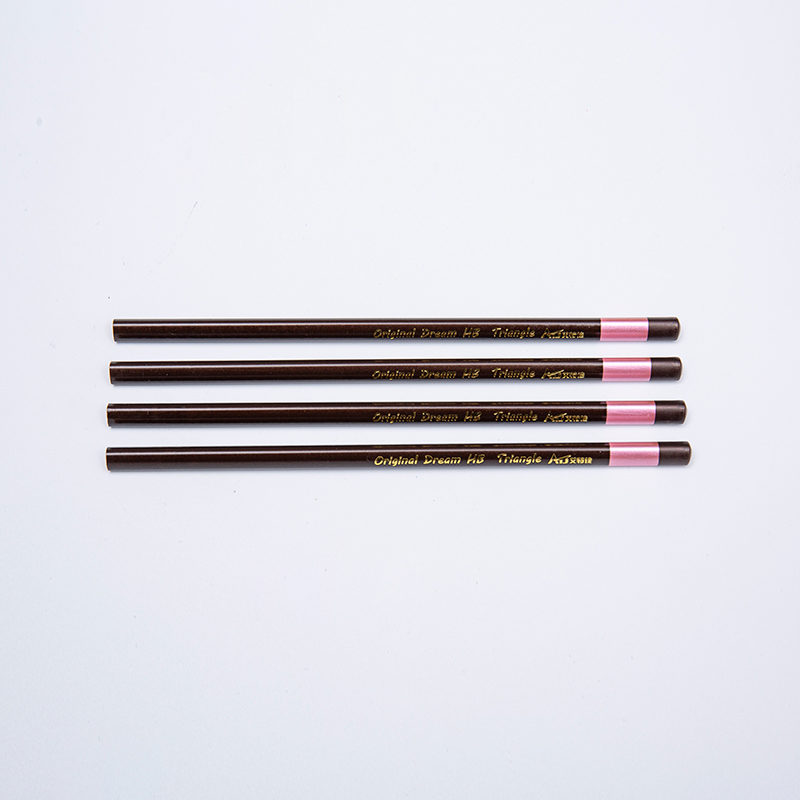
Optimal Hardness: Resists snapping under normal writing pressure, making the HB Wooden Pencil reliable for everyday tasks.
Smooth Flow: The graphite particles glide across the page with minimal friction, avoiding the scratchiness of harder grades.
Clear, Dark Line: Provides sufficient darkness for readability without the excessive smudging of softer pencils.
Clean Point Retention: Allows the HB Wooden Pencil point to maintain its shape longer than softer grades during writing.
Transforming this powdered mixture into the robust core of an HB Wooden Pencil is a high-precision process:
Mixing & Extrusion: Purified graphite powder, kaolin clay, and water are blended into a thick, homogeneous slurry. This mixture is forced under immense pressure through fine dies, emerging as thin, continuous strands—the nascent cores for countless HB Wooden Pencil units.
Drying: These fragile strands are carefully dried, removing moisture to prevent cracking in the next critical stage.
Firing (Kilning): The dried strands are fired in kilns at temperatures around 1000-1100°C (1832-2012°F). This vitrifies the clay, sintering it into a hard, ceramic-like matrix that permanently binds the graphite particles. The firing temperature and duration are meticulously controlled; under-fired, the HB Wooden Pencil core remains weak and crumbly; over-fired, it becomes too hard and brittle, losing its signature smoothness.
Impregnation (Optional): Some manufacturers impregnate the fired cores with wax or oil under vacuum. This further enhances the smoothness of the HB Wooden Pencil, filling microscopic pores and reducing friction.
Finishing & Assembly: The hardened cores are cut to precise lengths, sanded smooth, and inserted into grooved wooden slats (traditionally incense-cedar or basswood). A second sheet is glued on top, creating the familiar sandwich. After shaping, sanding, painting, and stamping, the finished HB Wooden Pencil emerges.
The ubiquitous HB Wooden Pencil remains a testament to enduring material science. Its core is not a simple lump of " lead," but a sophisticated composite engineered at the microscopic level. The precise calibration of graphite's darkness and clay's structural integrity, honed through decades of refinement, creates that unparalleled writing experience. In an age of digital devices, the tactile feedback and reliable performance of a well-made HB Wooden Pencil continue to make it indispensable for artists, designers, students, and professionals. Each stroke is a silent tribute to the alchemy of earth minerals transformed into a timeless tool. The quest for the HB Wooden Pencil core remains a dynamic field, balancing traditional craftsmanship with ongoing research into material purity and processing efficiency, ensuring this humble instrument writes its story for generations to come. The HB Wooden Pencil endures, fundamentally, because its material science simply works.


 English
English  Français
Français عربى
عربى Español
Español 中文简体
中文简体